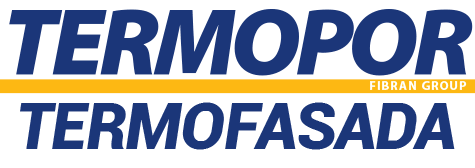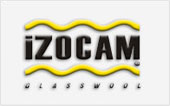Our products
Tips:
Fibran XPS

As a response to the European regulations that are concerning the usage of alternative gases in the production process of extruded polystyrene, FIBRAN presents to you the new product FIBRAN XPS.
Developed after a years-long research in collaboration with well known institutions and universities, FIBRAN XPS guarantees optimal performances and ecological production process.
Double walls (sandwich walls)
The use of FIBRAN XPS in the so called “sandwich walls”, significantly improves the thermal-insulating features of those walls. When using this type of insulation the FIBRAN XPS panels need to be placed between the two walls and fixed on the inside with a special type of screws. The ideal blend between the panels is of the great significance to avoid the creation of heat clogs and air circulation which are the biggest disadvantages at the other thermal-insulating materials.
Floor and basement quarters
The very high mechanical attributes make FIBRAN XPS the only solution for floor insulation. Furthermore, the solid cell structure and the moisture resilience make the product ideal for insulating basement quarters, where the insulating material is in direct contact with the earth and water.
Flat roof
At the reverse roof application, FIBRAN XPS is placed on top of the water insulation layer. This is possible because of the solid cell structure and the special processing of the surface, which together make FIBRAN XPS: water resistant, with a very low thermal-conduction that remains constant, it remains endurable in the freezing-heating cycles, dimensionally stable and resistant to pressure. At the end the insulation system that has been set like this is easily controllable.
Thermal-facades
This system enables the thermal-insulation to become a continuous layer on the outside surface of the building. The FIBRAN XPS panels are placed on the outside of the building by using special type of glues and screws. The plastering of the FIBRAN XPS panels is done by using special materials that improve the flexibility and the blending with a glass net wiring. This method ensures long-term life of the facade and remarkable results in terms of saving energy for heating.
Continuous evolution in the thermal insulation
The panels from extruded polystyrene contain all of the up-to-date settings needed to reach the term absolute thermal insulation. This statement is based on the simple combination of the following characteristics of the FIBRAN XPS product:
- Excellent thermal-insulating characteristics (very low λ)
- Very low absorption of water and moisture
- High mechanical resilience
- Very high power of compression
- Self-extinguishing capabilities
- Absolute dimensional stability
- Density equivalence
- Insensitivity to acids and alkali
- Inertia to climate change
- Compatibility to all construction materials (cement, lime, plaster etc.)
- Easy to transport, cut and use
- Most important, all of the above mentioned advantages remain so on the long-term
These simple strengths that FIBRAN XPS has are result of the distinct production process, perfect cell structure, which set it above the other famous insulating materials such as: glass wool, polystyrene, styrofoam, cork, etc. and make it applicable for any phase of the thermal-insulation, be it: wall, roof (narrow or flat), concrete parts, cellars and so on.



























